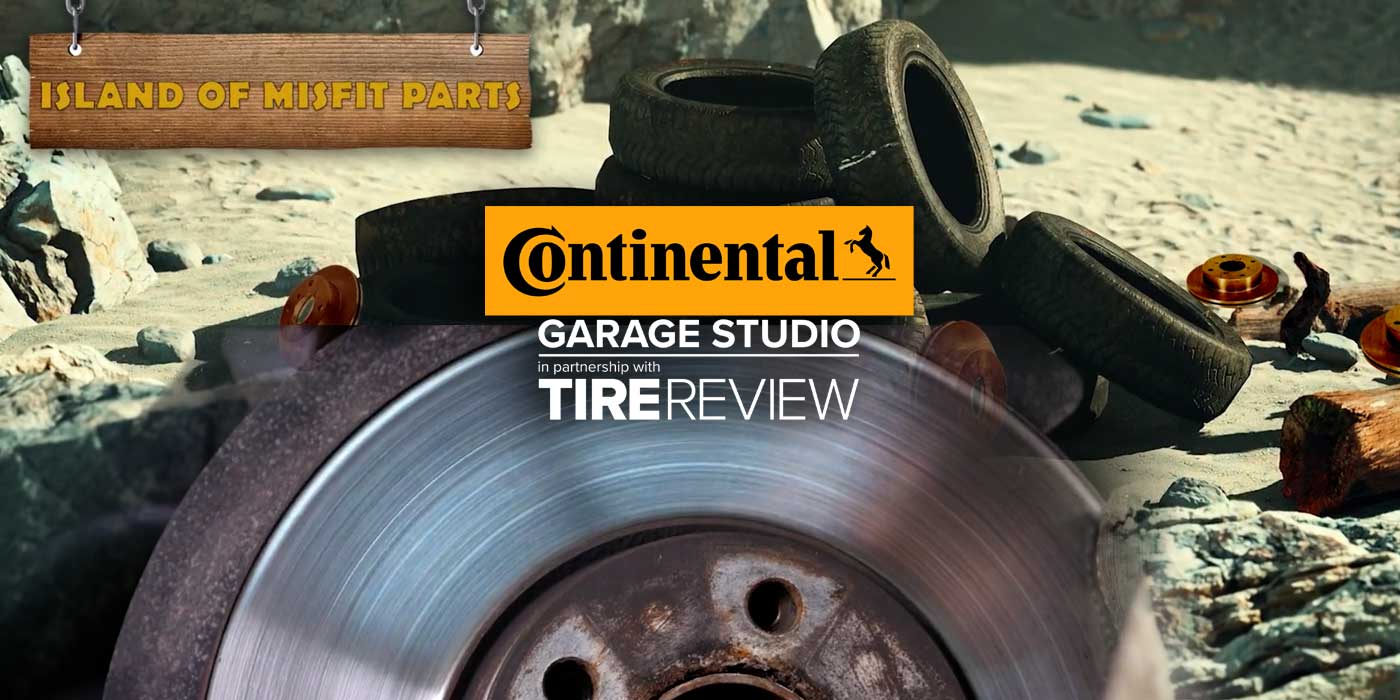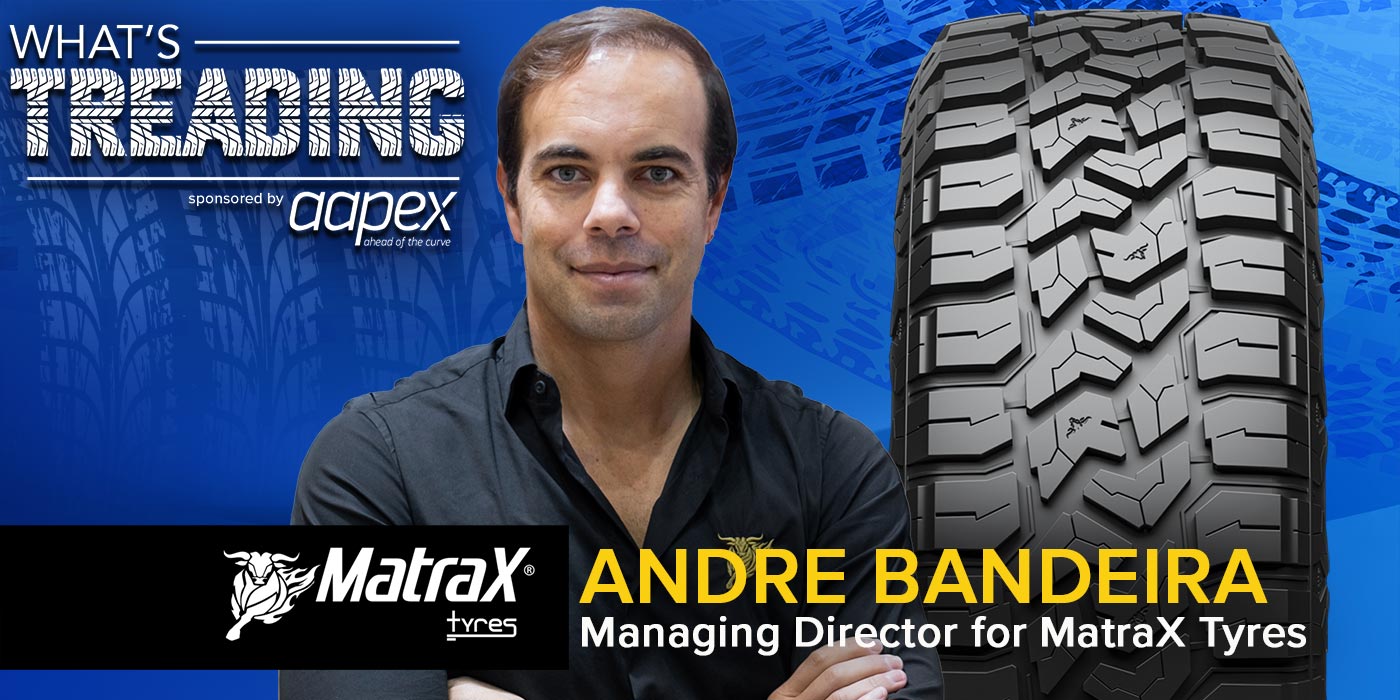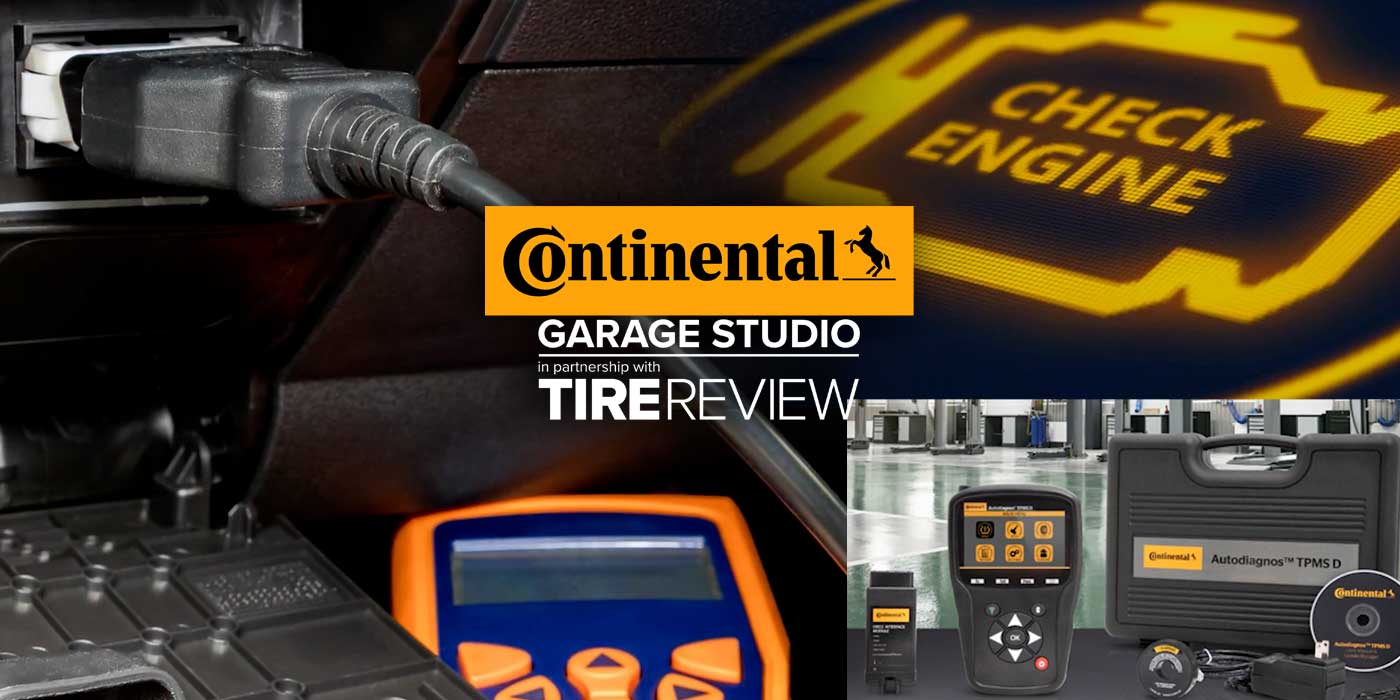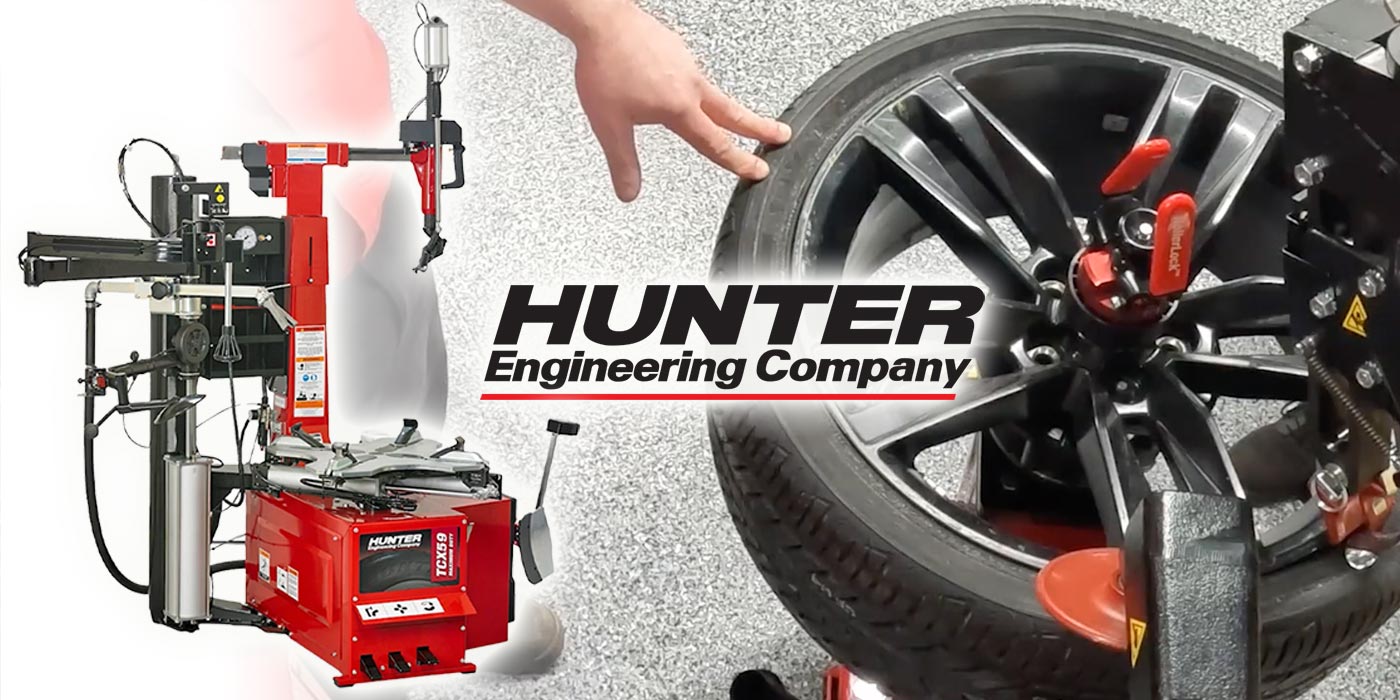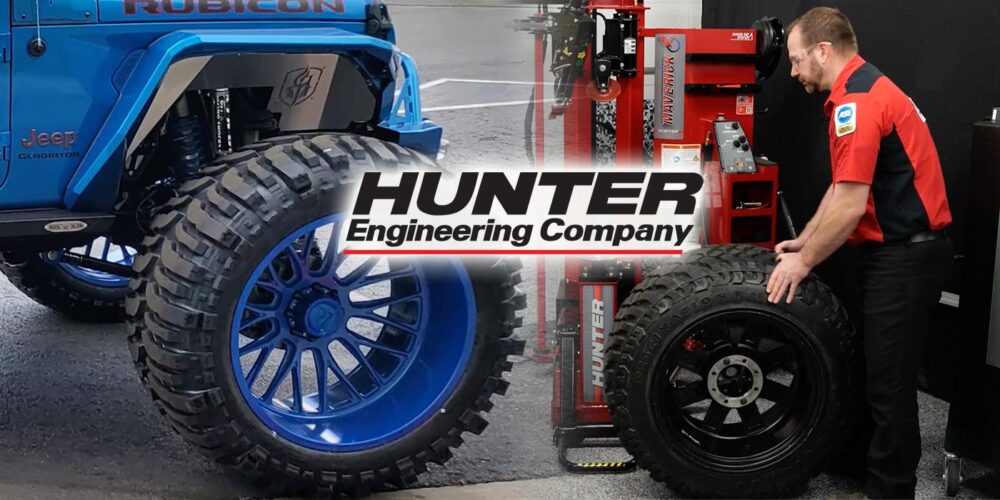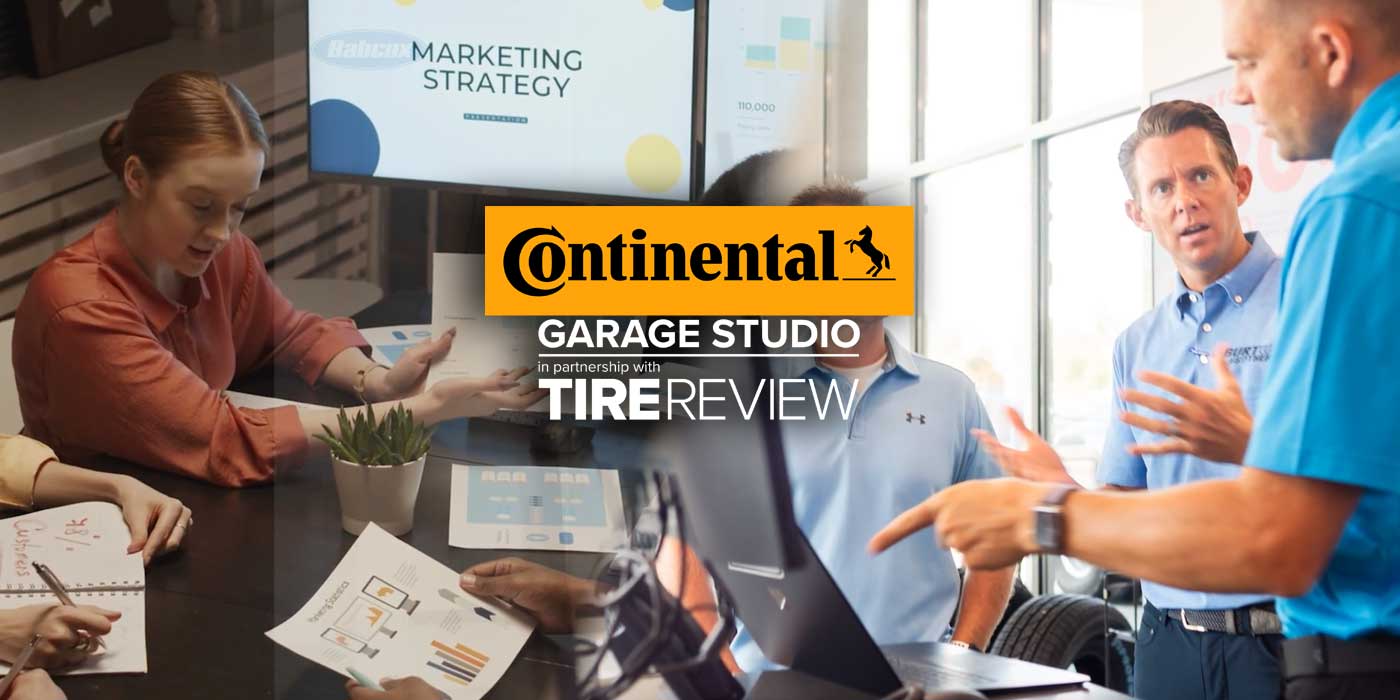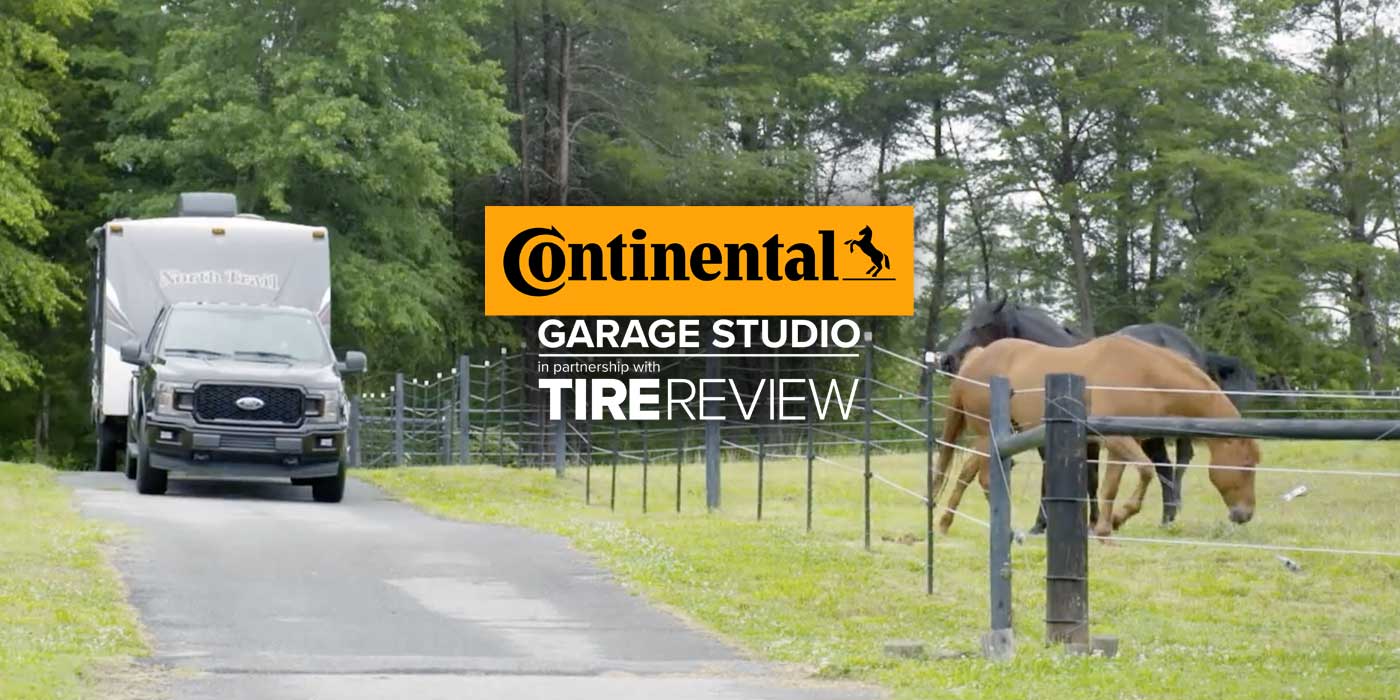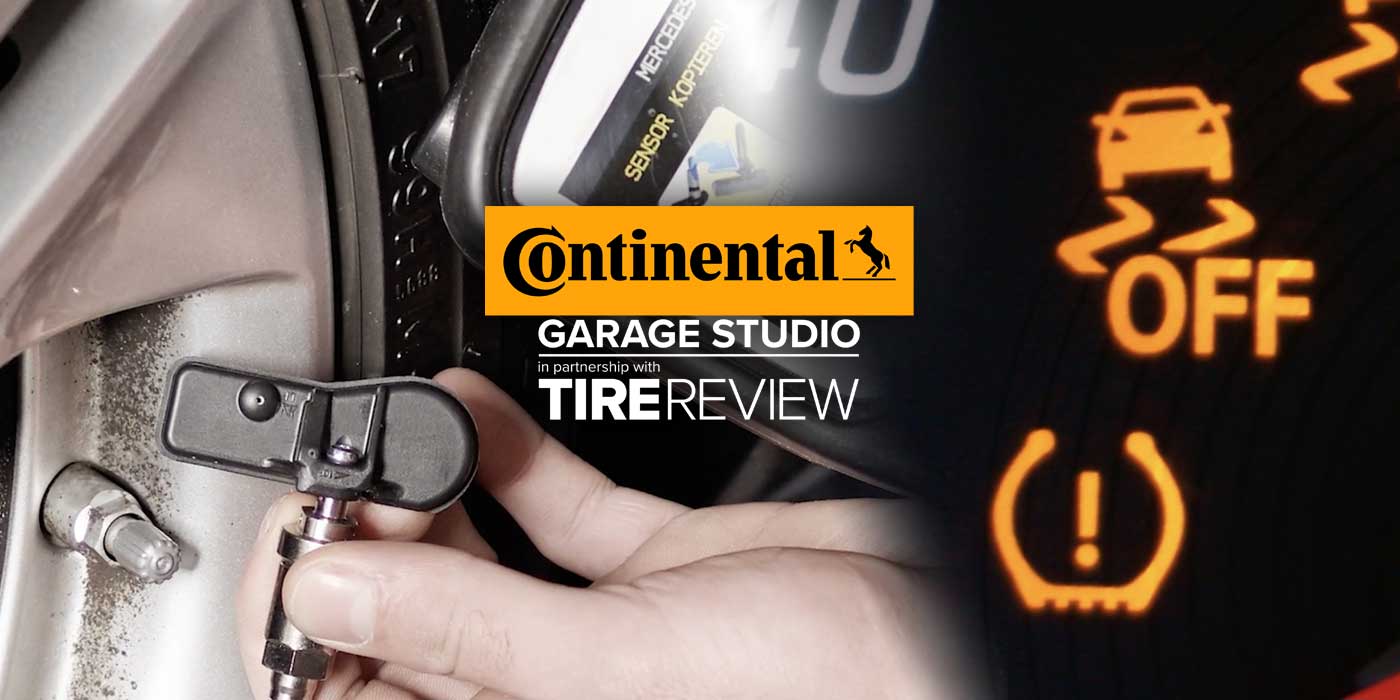Ball joints are an important part of a vehicle’s suspension system, allowing for smooth steering and proper alignment. But over time, wear and tear can occur, leading to unsafe driving conditions.
In this Tire Review Continental Tire Garage Studio video, we talk about the two types of ball joints and how to inspect them.
There are two types of ball joints: loaded and follower. A loaded joint supports the weight of the vehicle and connects the control arm to the steering knuckle. A follower joint, found in strut suspensions, connects the lower control arm, steering knuckle, and the strut.
Failed pressed joints can be difficult to remove because of corrosion between the control arm and joint. This is especially true when a steel ball joint housing is pressed into an aluminum control arm. It’s important to use the correct tools and techniques when removing and replacing ball joints.
Ball joints can be also divided into two categories: load-bearing and non-load bearing. A load-bearing ball joint supports the weight of the vehicle and provides a pivot point for the steering system. Non-load-bearing ball joints are used to maintain precise measurements in the suspension and steering systems.
Wear in these types of ball joints can cause changes in alignment and are often preloaded to compensate for this wear. Preloading is the process of adding a sustained axial load, independent of external loads, to a bearing. Experts say it’s important to preload non-load-bearing joints in order to compensate for wear.
To check a loaded ball joint, place a jack or jack stand under the lower control arm to support the weight of the vehicle and use a dial indicator to measure any movement. To check a follower-type joint, the Belleville washer or spring is loaded or compressed to check for axial end play.
Don’t forget to follow us on Instagram and Facebook and subscribe to our YouTube channel for more tire, service and shop operations videos.

